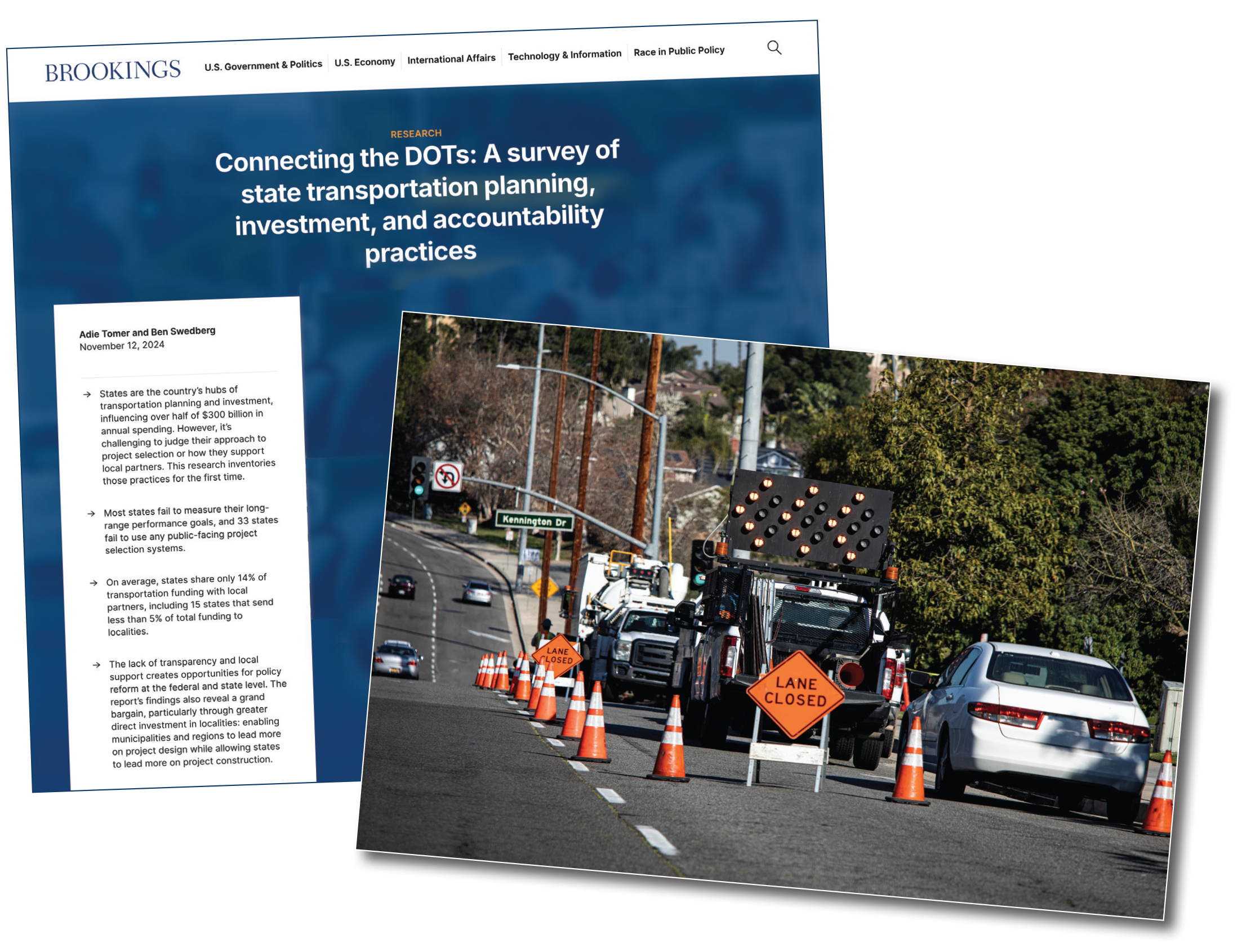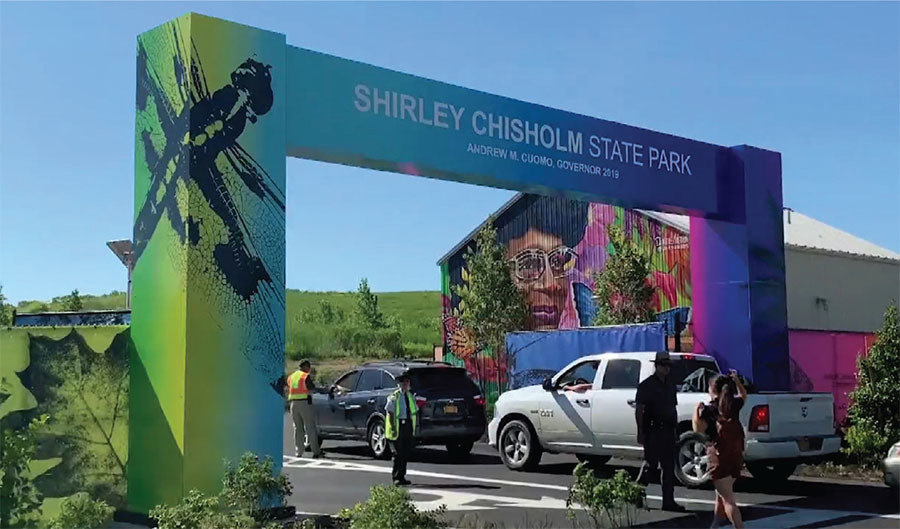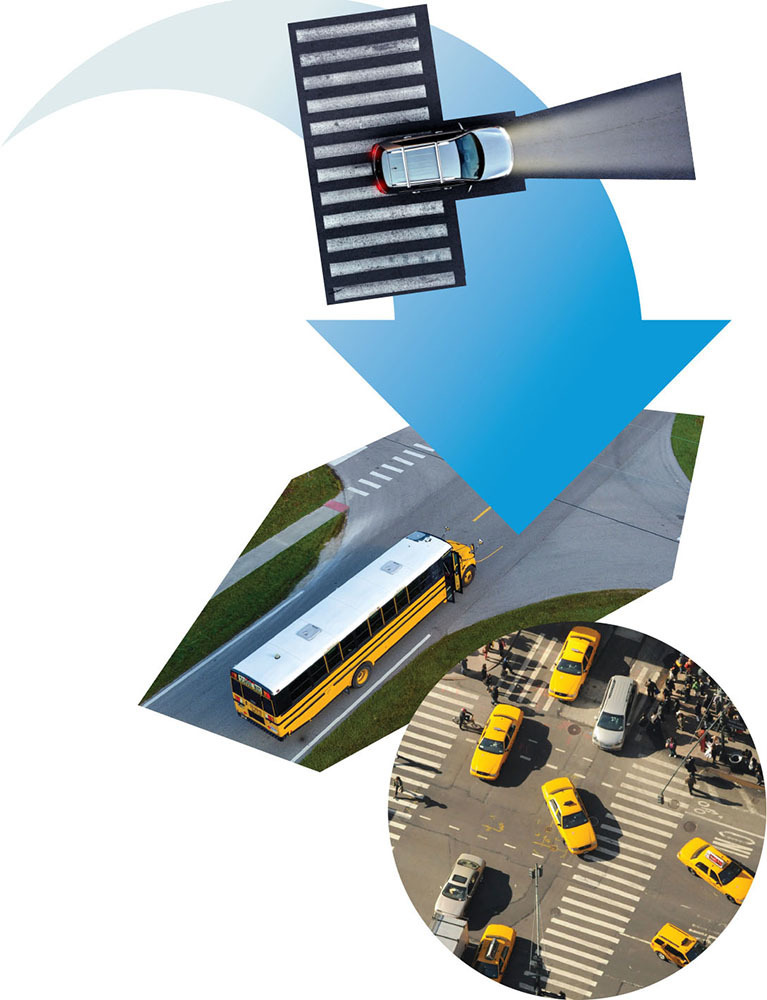July/August 2018
Communities: Government
The Future of Mobility Is Coming to an App Near You
In the digital era, consumers expect instant gratification. Even transportation has been affected by the app-based, on-demand trend, with services such as Uber and Lyft.
While some have predicted the end of public transit, others are instead pointing to a major shift that could make getting around as easy as your favorite app. Mobility as a Service (or MaaS), a movement that’s been taking off in Europe, is spreading to the US.
Consultant Susan Zielinski explains MaaS as “a system of systems.” The former director of the University of Michigan’s Sustainable Mobility and Accessibility Research and Transformation initiative developed a methodology for MaaS implementation that has been applied in more than 25 cities and regions globally. She describes the approach as focused on getting the user from door to door in an “integrated, multimodal, IT-enabled, sustainable, socially equitable, economically viable way.”
Rather than simply changing the vehicle, says Zielinski, MaaS is a paradigm shift that connects various modes in service of the user.
This is not a new idea, Zielinski emphasizes, but it’s been coming together slowly. For instance, a multimodal fare card she worked on at the City of Toronto is finally being implemented 20 years later.
In the US, Dallas Area Rapid Transit has been a leader in the MaaS evolution. The Dallas-Fort Worth metropolitan area, the nation’s fourth largest, is dealing with rapid growth. According to DART President and Executive Director Gary Thomas, P.E., while the public is coming to expect transportation that quickly responds to their personal needs and demands, private companies can’t carry enough capacity to solve congestion. That necessitates looking further.
And who better to manage mobility choices in the future, Thomas asks, than a transit agency that’s motivated not by profit, but by serving people?
DART was one of the first transit agencies to introduce a mobile app, four years ago. The multimodal, multiagency trip planner included buses, trains, and streetcars and enabled pass purchase and activation.
The latest version, GoPass 3.0, is due to launch toward the end of 2018 and will add in a range of new features:
- More accurate, real-time tracking of buses and trains;
- Inclusion of microtransit options—for example, an app- or phone-based on-demand van, with a response time of 8–11 minutes, to replace a bus that ran only once an hour;
- Integration of services such as Uber, Lyft, and bike shares for both trip planning and payment through a single account;
- Addition of a dynamic carpooling component that allows ride sharing and gas payment through the app;
- Ability to use cash for transactions, through partnership with retail outlets;
- Fare capping, which allows the benefits of long-term pricing for people who can only afford to pay daily or monthly.
Some of these features will help level the playing field for lower-income riders, Thomas says. “Using technology, we’re able to provide transportation equity.”
While the app is innovative, he envisions even more: a common app for all transit throughout the US. It’s a “bold idea” that’s not going to happen anytime soon, he admits, since areas are just starting on their own solutions. But Thomas emphasizes that change is happening incredibly fast (including the introduction of autonomous vehicles), and transit agencies need to cooperate “to continue to be at the forefront of the conversation.”
He quips: “You’re either going to make dust or you’re going to eat dust.” Strategies like MaaS are an opportunity to make dust, Thomas says, all for the benefit of consumers. Agencies have a choice: either “ignore [change] is happening around us or be part of the transformation.”

DALLAS AREA RAPID TRANSIT INTRODUCED THE FIRST VERSION OF ITS MULTIMODAL APP ABOUT FOUR YEARS AGO. GOPASS VERSION 2.0 IS SHOWN HERE, AND VERSION 3.0 IS COMING SOON. CREDIT: DART
Learn More
At NSPE’s Professional Engineers Conference in Las Vegas, attendees can learn more about the future of multimodal and technologically advanced transportation. Tina Quigley, general manager of the Regional Transportation Commission of Southern Nevada, will present the opening session on “Mobility Disruption Ahead: Technology is the New Asphalt.” It is scheduled for July 19 at 8:30 a.m.


 Volunteering at NSPE is a great opportunity to grow your professional network and connect with other leaders in the field.
Volunteering at NSPE is a great opportunity to grow your professional network and connect with other leaders in the field. The National Society of Professional Engineers (NSPE) encourages you to explore the resources to cast your vote on election day:
The National Society of Professional Engineers (NSPE) encourages you to explore the resources to cast your vote on election day: GARY THOMAS, P.E.
GARY THOMAS, P.E.




